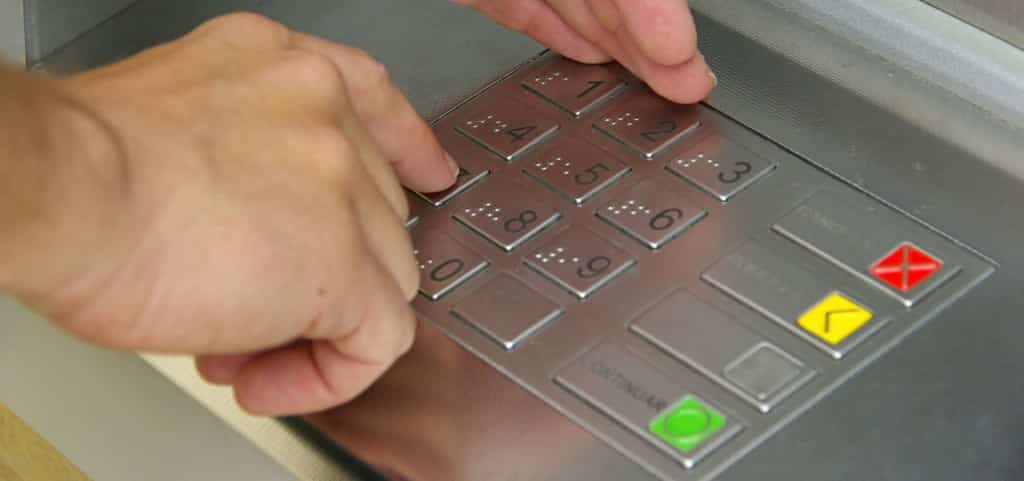PIN
The evolution of the Personal Identification Number (PIN) established after the invention of the Automatic Teller Machine (ATM). ATMs came into existence in 1967 at Barclays of London. The first bank which issued a PIN (along with a magnetic strip card) was Lyold’s bank in 1972. A PIN is a secret code consisting of numbers that is used to validate the identity of the individual who is trying to access the computer system, network, credit card account, ATM etc. A PIN may also be called an access code or security code. It is a code used in many electronic financial transactions.
PIN Security
PINs are usually used in conjunction with a username or password. The PIN should not be disclosed to anyone for security purposes. PINs help to authenticate the user to carry out their financial transaction like withdrawal of cash. Financial PINs are mostly four digit numbers ranging from 0000-9999, resulting in millions of possible numbers.
Research on PIN
There was research carried out by Andrew R. Mark on 1998 using the combination of N PINs and N distinct Phrases. The user was allowed to select N PINs and N Phrases. N PINs are mapped with N Phrases which is then stored in the system database. System prompts the Nth Phrase and the user was asked to enter the corresponding mapped Nth PIN. The correct combination authenticates the user to carry out their financial transaction. This is not in practice widely however.
Handling The PIN Using Biometric Technology
George J.Tomko and Alexie Stoianov found a method to securely handle the Personal Identification Number using biometric technology. Biometric information such as finger, iris, and face scanning was used as a cipher to encrypt and decrypt a PIN which is used as an input to the PIN requiring device. The PIN is encrypted by generating series of random characters manipulated as an image form using Fourier transform and stored digitally, or as a hologram image in the personal card or database. The PIN is then decrypted using a full-complex spatial light modulator which illuminates with an optical beam carrying Fourier transform of the biometric image of an individual to be identified. The PIN may be encrypted and decrypted either optically or digitally.
In biometeric technology, fingerprint scanning serves to be cheaper, but at the same time the performance is poorer when compared to all other scanning technologies.
Iris scanning performs the best since it can handle 100,000 records in two or three seconds where as the same data will take fifteen minutes for fingerprint scanning. Iris scanning is more securable since it is a human bar code. Even the twins have unique irises. The biggest disadvantage with iris scanning is that it’s costly.
Nowadays, research is going on to pull down costs to an affordable rate. Biometric technology has its own pros and cons. It serves to be a well securable system for authentication purposes at the same time it can be used to spy on people without their permission. Let us use this admirable technology for constructive purposes rather than destructive ones.


I would want to see biometric technology being used in my bank just to put on that extra security especially when I’m withdrawing.. The bank I’m using just the four number pin, and I have to constantly change it every month or so just to give extra security measures. I hope this technology will be available soon, I think the times are just changing and it’s sad to see people’s morals going down just to get that extra dollar….we have no choice but just to tighten our security as well..
Hi Cheska, I am really hoping for retina scans to being the norm in the next few years. It is way to easy for thieves to get a hold of your pin with their advanced tactics. By switching to retina scan or finger print scan, it will make it extremely difficult for someone to get a hold of your money from an ATM. The only problem is that the technology is very expensive. I hope a company can figure a way for it to be cost effective so we can benefit from it.